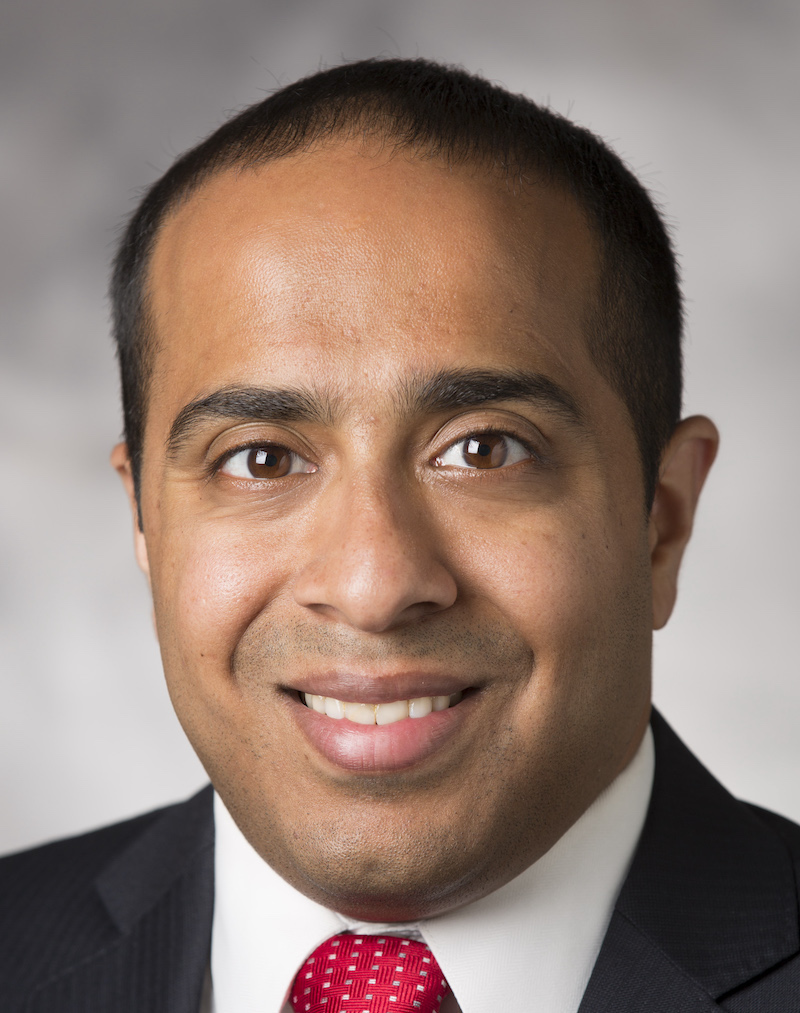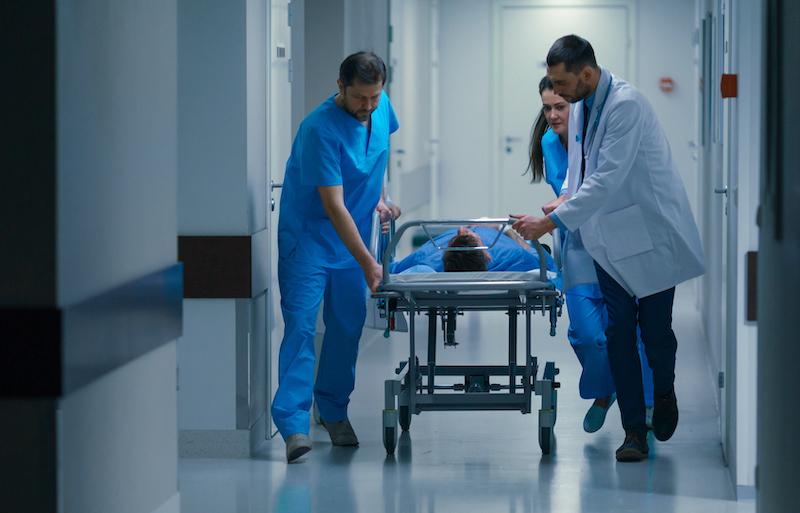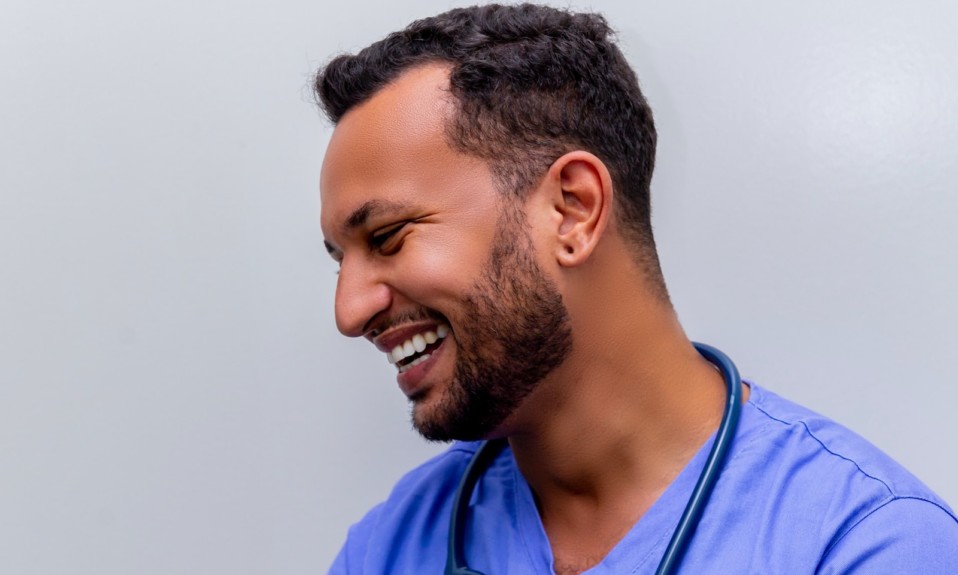The National Emergency Medicine Consortium, made up of three different organizations, is training ER workers to contend with the ravages of the opioid epidemic
By Jenny Diedrich
The emergency room often is considered the front door for treatment of opioid use disorder (OUD), but access to standardized care has been limited in part by the stigma surrounding addiction.
A partnership of three organizations, funded by the Foundation for Opioid Response Efforts (FORE), is seeing success in its efforts to expand access to OUD treatment in emergency departments.
“The emergency room for many individuals is the first contact with health professionals after an overdose,” says Ken Shatzkes, FORE’s program director. “It’s an opportunity to engage with an individual, connect them with social services and remove some of the stigma so that when they do want to participate in treatment, they’ll feel more comfortable doing so. A lot of it has to do with that first contact point.”
When FORE first began accepting grant proposals in 2019, three organizations—the American College of Emergency Physicians/Emergency Medicine Foundation, Get Waivered Campaign at Massachusetts General Hospital and Public Health Institute California Bridge program—submitted separate proposals focusing on different aspects of how to increase access to OUD treatment in emergency departments. FORE recognized an opportunity for the organizations to work collaboratively, and the National Emergency Medicine Consortium was formed.
The National Emergency Medicine Consortium
Currently, the consortium is made up of representatives from the groups who work to educate clinicians about the benefits of prescribing medications for OUD in the emergency department and connecting patients to community providers for ongoing care. It also provides technical assistance to hospitals that are adapting their policies, procedures and staffing to make OUD treatment more widely available.
Each grantee brings a distinct focus to the consortium. The American College of Emergency Physicians is concentrating on quality improvement by working with emergency departments across the country to implement a protocol that makes it the norm to offer medication for OUD and connect patients to follow-up treatment.

Almost 400 emergency departments are implementing local projects, says Arjun Venkatesh, MD, emergency physician at Yale University and principal investigator of the Emergency Quality Network. A large percentage of those departments are in rural communities.
“Rural ER departments are remarkably under-resourced,” he says. “There’s one physician who is the medical director, quality director and the staffing director. They’re doing everything. While there is an opioid epidemic going on, those departments are also charged with being the front line for COVID. It’s hard within that world to launch another initiative unless you can make the burden and work of it easier with the support of our network.”
A critical part of the protocol is offering medication in the emergency department following an overdose. Most medications can be prescribed under a physician’s general medical license, but the medication used to treat opioid withdrawal—buprenorphine—is regulated by the Drug Enforcement Agency (DEA) and requires a special license called an X waiver.
The second consortium member, the Get Waivered program, has simplified the process of getting the X waiver by creating an easy way to register for required virtual training and helping physicians complete the paperwork. Get Waivered, which was founded at Massachusetts General Hospital in 2019, also uses educational websites and social media to encourage physicians to get their X waiver.
Since the FORE grant began, more than 2,000 physicians have attended the online X waiver course, according to Shuhan He, MD, principal investigator for the Massachusetts General Hospital section of the consortium.
The final organization in the consortium, California Bridge, developed a model that places trained navigators in emergency rooms to help patients seeking OUD treatment work through any barriers to care.
“There is this system that is very complex with multiple barriers when someone who needs emergent treatment is not in a place to navigate this. Our navigators are trying to create frictionless access to care.”
—Arianna Campbell, California Bridge
“When folks are experiencing various challenges—whether it be housing, transportation, food insecurities, pharmacy barriers—our navigators are able to help smooth that out,” says Arianna Campbell, co-principal investigator of California Bridge. “There is this system that is very complex with multiple barriers when someone who needs emergent treatment is not in a place to navigate this. Our navigators are trying to create frictionless access to care.”
Before receiving funding from FORE, California Bridge was focused solely on its own state. But since becoming part of the consortium, its model of care has been adopted across the country. At least 18,000 people from 36 states have attended one of the organization’s trainings.
“We’re connecting the dots in the national space,” Campbell says. “We’ve had over 107,000 deaths from overdoses in the last year. We have a public health emergency, and we have known, evidence-based ways of treating it. Our job is connecting all the dots and making sure people have a shared understanding that we can influence this trajectory and save lives.”
The Benefits of Collaboration
Collaboration has been the key to making the consortium effective and has allowed the groups to build on each other’s resources, according to FORE president Karen Scott.
“If a hospital is working with California Bridge on implementing the navigator program but it’s clear that the residents in the ED need more training on how to initiate buprenorphine, they will connect with the Get Waivered program,” Scott says. “[FORE’s] funds are relatively small in the scheme of the whole country. Where we can leverage the work to try to have a bigger impact, that’s something we think about and approach in our grant-making.”
“The most important thing is a culture change. It should be the case when we have a patient with OUD that we know how to treat them.”
—Shuhan He, Massachusetts General Hospital
The consortium members, as well as FORE, agree on their ultimate goal. They hope to make medication-assisted treatment after an overdose and connection to follow-up services part of expected, standardized care in the emergency room.
“The most important thing is a culture change. It should be the case when we have a patient with OUD that we know how to treat them,” says He. “When you have a patient with a heart attack, you wouldn’t say half the people were discharged to the street and half the people got a bypass graft. It would be very standardized. Every ER doctor should know how to treat a heart attack, but that kind of culture around OUD isn’t the case.”
Adds Campbell, “Our dream is that emergency departments across the country provide this level of care and navigation so when someone reaches a point where they say, ‘I’m in withdrawal and want to change my life right now,’ they’re able to get evidence-based care.”
Top photo: Shutterstock














